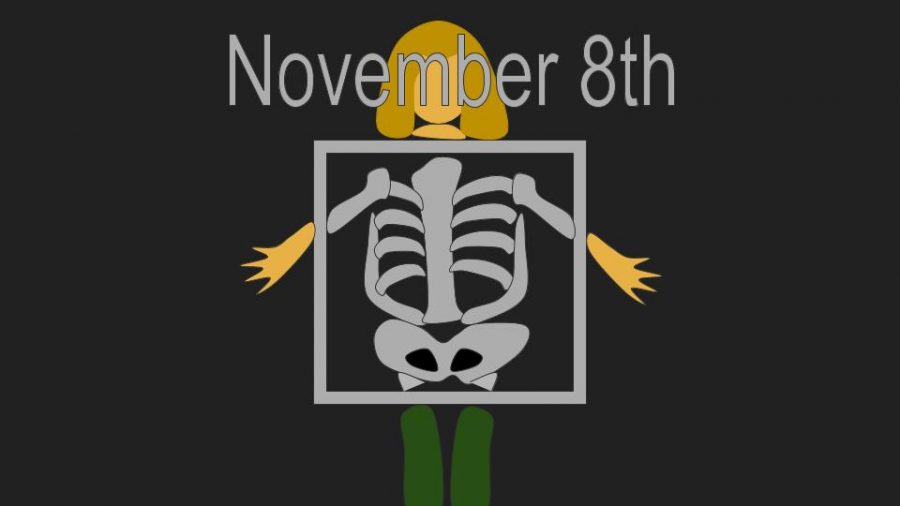This Day in History – November 8th
November 8, 2017
On this day in 1855, a German scientist named Wilhelm Conrad Rontgen discovered the extraordinary X-rays. It is a very beneficial scientific advancement for a large variety of fields in the science community. Rontgen’s discovery was like many others, an accident. The accidental discovery occurred in Rontgen’s lab in Warzburg, Germany, where he was testing if cathode rays could pass through glass. He noticed a glow coming from a coated screen.
Rontgen stayed in his lab to conduct a series of experiments to understand his discovery more thoroughly. He learned that X-rays can burn skin but higher density subjects such as bone and lead cannot be penetrated. Rontgen’s discovery was labeled as a medical miracle and X-rays became a very popular tool in hospitals. X-rays allow doctors to see inside the human body without doing any incisions during surgery. In 1897, X-rays were first used on a military battlefield, during the Balkan War, to find bullets and broken bones inside patients.
Scientists were quick to realize the benefits of X-rays, but slower to comprehend the harmful effects of radiation. Initially, it was believed that X-rays passed through flesh as harmlessly as light. However, within several years, researchers began to report cases of burns and skin damage after exposure to X-rays, and in 1904, Thomas Edison’s assistant, Clarence Dally, who had worked extensively with X-rays, died of skin cancer. Dally’s death caused some scientists to begin taking the risks of radiation more seriously, but these risks still weren’t fully understood. Wilhelm Rontgen received numerous accolades for his work, including the first Nobel Prize for physics in 1901, yet he remained modest and never tried to patent his discovery. Today, X-ray technology is widely used in medicine, material analysis, and devices such as airport security scanners.





